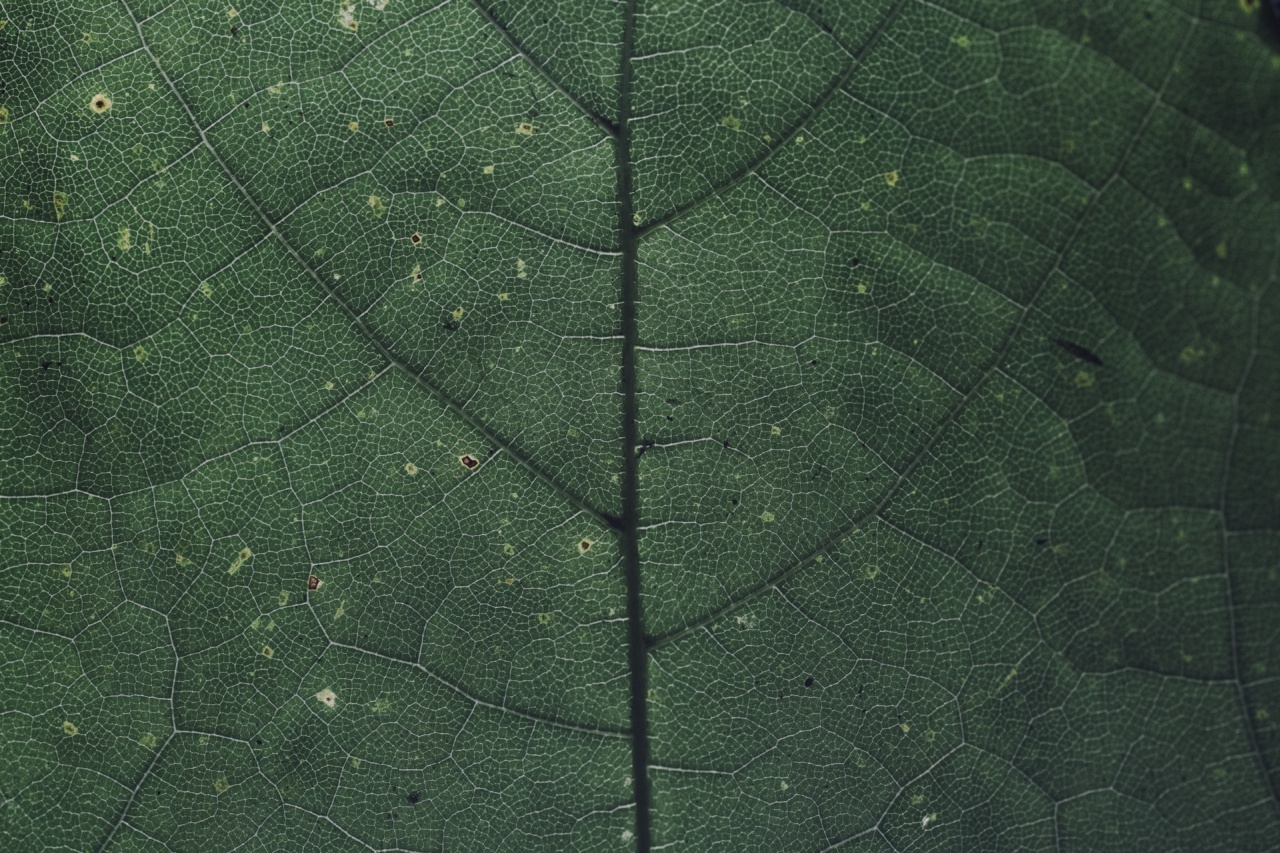Varicose veins are a common problem affecting millions of people worldwide. These blue or purple veins that protrude from the skin are usually seen in the legs and feet and are caused by faulty valves within the veins.
The valves are designed to prevent blood from flowing backward in the veins but when they become damaged or weakened, blood can pool, leading to varicose veins.
While varicose veins are not usually dangerous, they can cause discomfort, pain, and swelling. In severe cases, they can lead to complications such as ulcers, blood clots, and deep vein thrombosis.
There are natural ways to get rid of varicose veins and prevent their recurrence, which we will explore in this article.
1. Exercise Regularly
Exercise is one of the best natural ways to get rid of varicose veins. Regular exercise can improve blood flow and help prevent blood from pooling in the legs. Walking, cycling, swimming, and yoga are all effective exercises for varicose veins.
Aim to exercise for at least 30 minutes every day, and try to incorporate strength training exercises to build leg muscles.
2. Wear Compression Stockings
Compression stockings can help prevent and treat varicose veins by improving circulation in the legs. These stockings are designed to apply pressure to the legs, which helps to push blood back up to the heart.
Compression stockings are available in different strengths, so it’s important to get the right fit. Your doctor can recommend the right kind of compression stockings for you.
3. Elevate Your Legs
Elevating your legs can help reduce swelling and improve blood flow. Try to keep your legs elevated while you’re sitting or lying down. If you’re at work, try to take breaks every hour or so and elevate your legs for a few minutes.
When you’re sleeping, prop your legs up with a pillow to help improve blood flow.
4. Maintain a Healthy Weight
Being overweight can put extra pressure on your legs and veins, which can contribute to varicose veins. Maintaining a healthy weight can help reduce your risk of developing varicose veins and other circulatory problems.
Eat a healthy diet that is rich in fiber, whole grains, fruits, and vegetables, and avoid fatty and processed foods.
5. Avoid Sitting or Standing for Long Periods
Sitting or standing for long periods can impede blood flow in the legs and contribute to the development of varicose veins. If you have to sit or stand for long periods of time, make sure to take frequent breaks and move around.
Try to keep your legs elevated whenever possible.
6. Massage Your Legs
Massaging your legs can help improve circulation and reduce the appearance of varicose veins. Use gentle, circular movements to massage your legs, starting at your feet and working your way up to your thighs.
Massage your legs for about 10 minutes every day.
7. Use Essential Oils
Essential oils such as peppermint, tea tree, and lavender can help improve blood flow and reduce swelling in the legs. Mix a few drops of essential oil with a carrier oil such as coconut oil or jojoba oil, and massage your legs with the mixture.
Alternatively, add a few drops of essential oil to a warm bath and soak your legs for 15-20 minutes.
8. Herbal Supplements
There are several herbal supplements that can help reduce the appearance of varicose veins and improve circulation in the legs. Horse chestnut, butcher’s broom, and gotu kola are all effective supplements for varicose veins.
These supplements are available in capsule form and should be taken as directed.
9. Stay Hydrated
Drinking enough water is important for overall health, including healthy circulation. Make sure to drink at least eight glasses of water a day to help keep your veins hydrated and improve blood flow in the legs.
10. Reduce Sodium Intake
High sodium intake can contribute to water retention and swelling in the legs, which can exacerbate varicose veins. Try to limit your sodium intake by avoiding processed foods and adding less salt to your meals.
Instead, try using herbs and spices to add flavor to your food.
Conclusion
Varicose veins can be an unsightly and uncomfortable problem, but there are natural ways to prevent and treat them.
Regular exercise, wearing compression stockings, and elevating your legs can all help improve circulation and reduce the appearance of varicose veins. A healthy diet, staying hydrated, and avoiding sitting or standing for long periods can also help prevent varicose veins. If you have severe varicose veins, it’s important to talk to your doctor about treatment options.





























